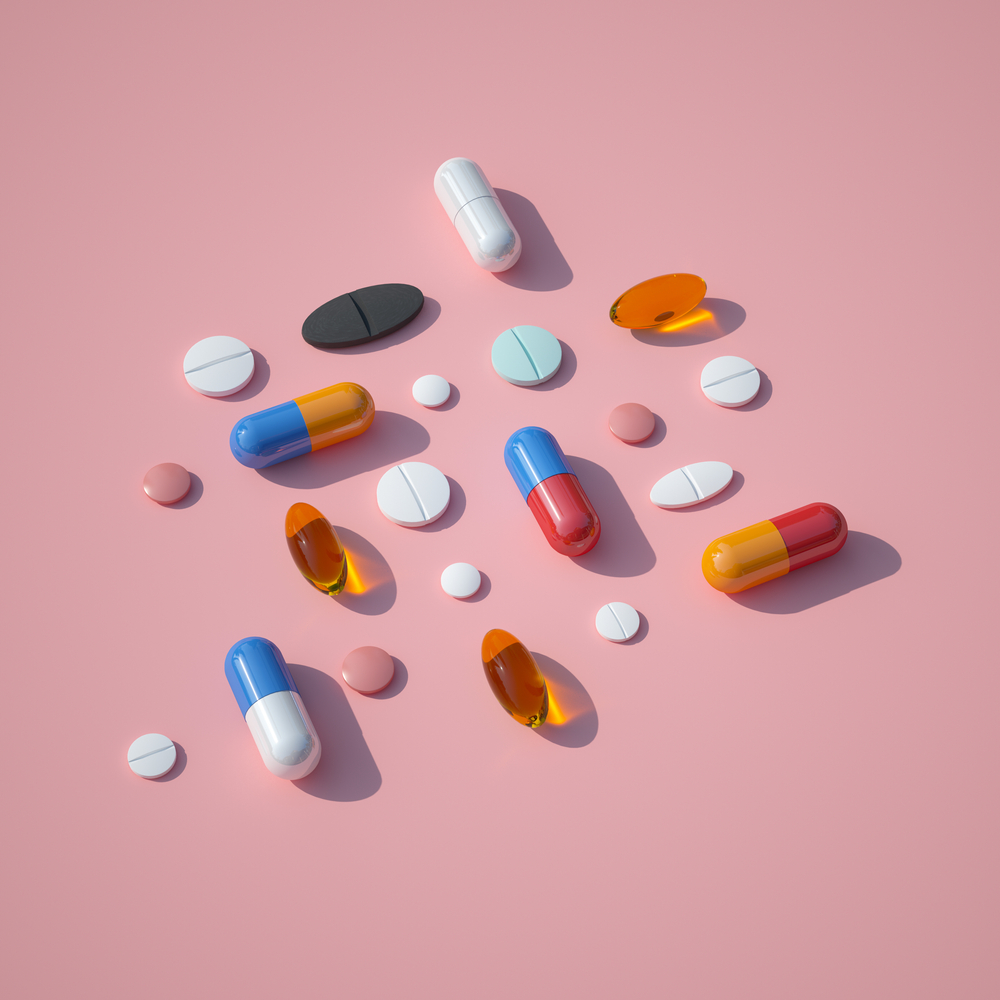As an outpatient adult psychiatrist, I have witnessed an increasing trend of patients seeking a diagnosis of attention deficit and hyperactivity disorder (ADHD). Often, these patients have had friends or family members diagnosed with the condition and wonder whether they have it as well. They have read about ADHD online and felt that the described symptoms matched perfectly with their lived experience. They were never diagnosed as children but remember being hyperactive and distractible. In some cases, their life narrative reflects a pattern of impulsivity, inattention, and executive dysfunction—low grades, failed relationships, poor work performance, traffic accidents, and disciplinary issues. However, in most cases, they have little overt evidence of functional impairment. Instead, they acknowledge their ability to function reasonably well in life, but they feel like they have to work much harder to succeed than their neurotypical peers or feel that they are functioning far below their potential. They genuinely want to know how life could be different with ADHD medication.
In the last ten years, rates of ADHD diagnoses in the United States have exploded, particularly among adults. Parallel with this rise in ADHD diagnosis is the rise in stimulant prescriptions. The COVID pandemic, with its loosening of restrictions on telehealth prescribing of controlled substances, may have accelerated this trend, but this is only a part of the story. Multiple theories have been advanced to explain the expansion in ADHD diagnosis. Many mental health professionals maintain that the rise in ADHD reflects an increased understanding of adult ADHD, a decrease in mental health stigma, and a resultant expansion of appropriate diagnosis and treatment. This theory is plausible but lacking in evidence.
The question I find myself asking is whether the increase in ADHD treatment is a positive or negative trend. Interestingly, when considering the psychiatric treatments with the largest treatment effect, stimulant medication for ADHD is at or near the top of the list, with effect sizes that far surpass antidepressants. Not only this, but stimulant medication for ADHD is one of the few psychiatric treatments that actually decreases mortality rates. The prevailing theory for why this is the case is that treatment of ADHD decreases the risk of motor vehicle and other accidents, substance misuse, and other impulsive behaviors. The evidence is quite robust. Virtually the only other psychiatric treatments with similarly robust evidence for decreasing mortality are lithium for suicide prevention in mood disorders and antipsychotics for schizophrenia.
What about the risk of stimulants leading to abuse and diversion? Interestingly, stimulant use in ADHD actually decreases the risk of substance misuse in these patients. While this effect may initially seem counterintuitive, it becomes entirely plausible once we consider the increased risk of substance use disorders generally in adults with ADHD.
If treatment of ADHD has so many remarkable, evidence-supported benefits, should we be more eager to diagnose and treat it? Arguably, we can do more to alter the trajectory of a patient’s life by treating their ADHD than by treating their depressive or anxiety-related disorders, based on what the data suggest. Although I acknowledge that this is likely true in certain cases, I offer three counterarguments for why I believe it is important to exercise significant caution in diagnosing and treating adult ADHD.
First, we should recognize that making an accurate diagnosis of ADHD in adults can be deceptively challenging. Symptoms of ADHD are quite subjective and nonspecific. Attention/concentration deficits are common in depressive, anxiety, and trauma-related disorders. Chronic lack of sleep, overuse of substances like alcohol and marijuana, or medical conditions like obstructive sleep apnea and mild traumatic brain injury can all mimic symptoms of ADHD. Additionally, many patients may feign or exaggerate symptoms of ADHD for the purpose of cognitive performance enhancement or to obtain special accommodations. This typically occurs in academic settings. In short, making an accurate diagnosis of ADHD requires a clinician to rule out a multitude of other factors that may influence how patients report their symptoms.
Second, we should not forget that the fact that stimulant medications used to treat ADHD carry substantial risks. As Schedule II controlled substances, they are highly abusable. Studies have suggested a concerningly high rate of stimulant diversion and misuse among high school and college students. Stimulants, particularly Adderall, carry an increased risk for psychosis. They also increase the risk of adverse cardiac outcomes. Although stimulants can be life-changing for patients who have a confirmed diagnosis of ADHD, they should be used with caution and not prescribed carelessly. The opiate epidemic should serve as a warning as to the far-reaching dangers of unscrupulous prescribing of controlled substances.
Third, we should not ignore the social/societal dynamics that are clearly influencing increased rates of ADHD. Evidence has demonstrated that increased use of social media increases ADHD-like symptoms in adolescents. The modern workplace is rife with distractions. Just as the modern Western diet has fueled an epidemic of metabolic syndrome, it appears that modern access to technology is probably fueling an attention/concentration epidemic. We, as physicians, are not contributing to the solution if we simply prescribe more pills for what may represent more of a social problem than we care to admit.
In conclusion, the increasing trend of diagnosis/treatment of adult ADHD is a complex issue that has both upsides and downsides. Physicians who diagnose and treat ADHD need to be well-educated on the risks and benefits. We should not deny treatment for individuals who would greatly benefit from ADHD treatment, but also be careful not to over-diagnose or over-prescribe. Primum non nocere.
Morgan Hardy is a psychiatrist.

